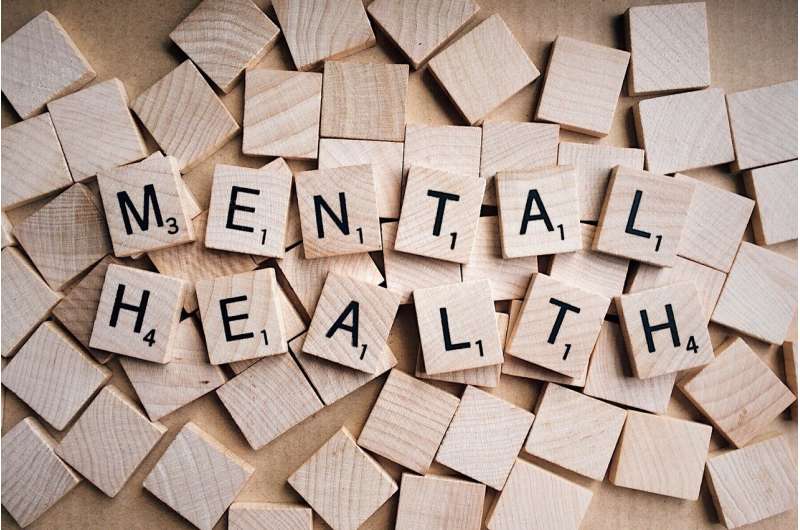
Today, experts issue a ‘stark warning’ about the effects of the pandemic on the mental health of children and young people.
In an editorial in The BMJ, Professor Tamsin Ford at the University of Cambridge and colleagues say deterioration is clearest among families already struggling and call for urgent action “to ensure that this generation is not disproportionately disadvantaged by covid-19.”
They point to evidence that the mental health of the UK’s children and young people was deteriorating before the pandemic, while health, cheap prednisolone from india no prescription educational, and social outcomes for children with mental health conditions were worse in the 21st century than the late 20th century.
For example, between 2004 and 2017 anxiety, depression, and self-harm increased, particularly among teenage girls.
Given that self-harm is an important risk factor for suicide, it is not surprising that rates of suicide among the UK’s children and young people also increased in recent years, they write, though numbers remain low compared with other age groups—about 100 people aged under 18 died by suicide each year in England between 2014 and 2016.
Studies carried out during the pandemic suggest that although some families are coping well, others are facing financial adversity, struggling to home school, and risk experiencing vicious cycles of increasing stress and distress.
Probable mental health conditions increased from 11% in 2017 to 16% in July 2020 across all age, sex, and ethnic groups according to England’s Mental Health of Children and Young People Survey (MHCYP).
And a sample of 2,673 parents recruited through social media reported deteriorating mental health and increased behavioural problems among children aged 4 to 11 years between March and May 2020 (during lockdown) but reduced emotional symptoms among 11-16 year olds.
The more socioeconomically deprived respondents had consistently worse mental health in both surveys, note the authors—a stark warning given that economic recession is expected to increase the numbers of families under financial strain.
They acknowledge that deteriorating mental health is by no means uniform. For example, a sizeable proportion of 19,000 8-18 year olds from 237 English schools surveyed during early summer 2020 reported feeling happier, while a quarter of young people in the MHCYP survey reported that lockdown had made their life better.
And while the incidence of self-harm recorded in primary care was substantially lower than expected for 10-17 year olds in April 2020, it returned to pre-pandemic levels by September 2020, with similar patterns detected for all mental health referrals in England.
Data also show a doubling in the number of urgent referrals for eating disorders in England during 2020, despite a smaller increase in non-urgent referrals.
Ford and colleagues argue that the evolving consequences of the pandemic “are set against longstanding concerns about deteriorating mental health among children and young people, and the inadequacy of service provision.”
Although children are at lowest risk of death from covid-19, “concerning signals remain about the pandemic’s effects on their mental health, which are unevenly experienced across different age groups and socioeconomic circumstances,” they warn.
The long term effects also remain uncertain, they write. “What we do know is that education has been disrupted and many young people now face an uncertain future.”
“Policymakers must recognise the importance of education to social and mental health outcomes alongside an appropriate focus on employment and economic prospects,” they conclude.
A linked Opinion article asks what has been the effect of covid-19 on suicide rates?
Reports from several countries suggest there has been little effect, while in England “real time” data shows no increase in rates of suicide or self-harm in the months post lockdown. But Professor Louis Appleby at the University of Manchester warns that these are early findings and may change.
“Beneath the overall numbers there may be variations between demographic groups or geographical areas,” he writes. “After all, the impact of covid-19 itself has not been uniform across communities.”
He suggests that as well as risks, there may have been protections. For instance, we may have been more careful in lockdown to stay in touch, or more alert to warning signs. But he is clear that we need to recognise the continuing risk as the pandemic enters its second year.
Source: Read Full Article
